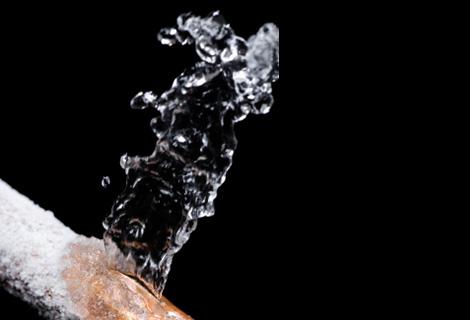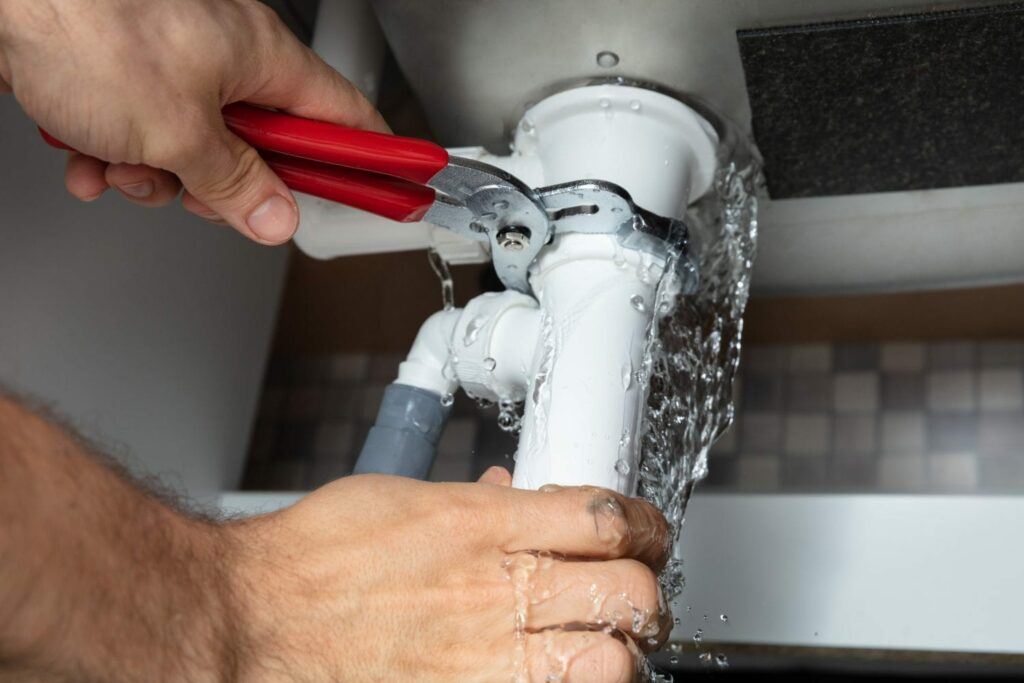How do you actually feel with regards to What To Do And What Not To Do When Dealing With Water Damage?

What should you do if a water pipe bursts in your home? Do you desire a mini-waterfall and also flooding in an area of your house? If you find yourself in this circumstance, you must act quick. The longer you wait, the extra severe the damage that can occur to your building. The presence of mind is key in these events. For these reasons, you require to find out just how to act in the event of a burst water pipe. Have a look at the adhering to pointers listed below to aid you act fast because time is essential.
Turn off the Key Waterline Shutoff
The first thing to do? Shut the shut-off shutoff. Seek the regional shut-off shutoff to shut off the water in one certain location only. If you don't understand where the localized shut-off shutoff is, go for the major water line valve as well as turn it off. This action will certainly remove the water promptly in your entire home. Typically, the main valve is located outside the house beside the water meter. If it's not there, you can also find it in 2 areas: in the basement at eye degree or the first floor on the ground. Generally, builders put the shut-off valve generally ground level shower room or best alongside it.
Call Water Damage Reconstruction Pros for Help
After closing the water source, call the experts for aid. With their expert assistance, you can protect against much larger water damages including distorted walls, loose ceramic tiles, or harmed structures.
Record the Damage For Insurance coverage
While you're awaiting the pros to arrive, get some paperwork of the damages brought on by the errant pipe. Take photos and also videos of everything. Do close-up shots of the damaged areas and also valuables. Your documents will function as evidence for your house owner's insurance policy. Maintaining aggressive with this situation helps you to file a claim for protection, which will certainly further sustain you and your household to come back on your feet.
Restore Points That Can Be Conserved
Examine the damaged items as well as take out the most crucial ones from the pile once you're done taking photos. Dry them off in a dry/warm location far from the broken location and also attempt to maintain them as high as you can. Drag as much dampness as you can to the product so it can start to dry.
Start the Drying Process
You need to start the drying process immediately. Luckily, the water from your waterlines is currently tidy so you do not need to bother with sewage system water. The flowing water may have interrupted the dirt as well as debris in your carpets and floorboards. In this situation, put some gloves on and also begin some damage control. Use pails to discard out the water. Blot out as much water as you can from the surfaces with old towels. Turn on an electrical follower or open your windows to advertise air blood circulation. These actions will speed up to dry and hinder mold and mildew and mold growth.
Professionals are the only individuals qualified to analyze properly and repair the burs pipes as well as subsequent damages. As always, pipelines don't simply suddenly burst out of the blue. They typically provide silent warnings like gurgling paint, water discolorations. Odd sounds in the plumbing, caving ceiling, stuffy smell, or peeling wallpaper. Bear in mind of these indications and do some safety nets so you can nip any concerns in the bud.
What should you do if a water pipe bursts in your residence? For these factors, you require to learn exactly how to act in the occasion of a burst water pipe. After closing the water resource, call the professionals for assistance. With their specialist aid, you can avoid a lot bigger water damages including distorted walls, loosened floor tiles, or damaged structures. Luckily, the water from your waterlines is currently tidy so you don't have to fret regarding sewage system water.
How to Handle a Burst Pipe and Minimize Damage
Steps to Take Ahead of Time
If you own property in an area that experiences cold weather, you need to be aware of seasonal maintenance tasks that will help you protect your property as the weather changes each year. One of the most important steps is to winterize your pipes to ensure they won't freeze or burst when the temperature drops. This includes action items like insulating any exposed pipes, detaching garden hoses and covering outdoor faucets. If the weather gets cold enough, you may even consider leaving a faucet dripping or opening cabinet doors during the coldest parts of the day.
No matter how prepared you might be, accidents and emergencies still happen. You'd be wise to set up a savings account specifically for your property so you have a "rainy day" fund set aside for unexpected expenses. All homes—regardless of age, location or condition—will inevitably need some form of emergency repair.
Steps to Take for Frozen Pipes
A frozen pipe will not necessarily burst, so if you can catch a frozen pipe early on, you could save yourself a major headache. When your area experiences frigid temperatures, be sure to check your plumbing and keep an eye out for warning signs like faucets only releasing small amounts of water or toilets not refilling when flushed. If you do run into one of these issues, you're likely dealing with a frozen pipe.
If this happens, your first step should be to cut off the water supply to that section of the plumbing. Expanding and freezing water can quickly cause damage. Even if the water supply is shut off, you will likely still deal with some leaking from the water that defrosts after the pipe has thawed. Be prepared with a mop, bucket and/or towels to quickly soak up any excess water.
In order to thaw a frozen pipe, you can use a space heater, infrared or incandescent heat lamp, or even a hairdryer to warm up the frozen area. Heat tape is also an option and should be used according to manufacturer instructions. Do not use any sort of open flame to thaw frozen pipes, as it poses a major fire hazard and can damage your pipes further.
Steps to Take for a Burst Pipe
Water damage claims are the second most common insurance claim in the U.S. When you're dealing with a frozen pipe, the water continues to expand as it freezes, which creates pressure that can cause a pipe to burst. When this happens, the crack or leak in the pipe allows water flow from the pipe to enter your home where it shouldn't. If a pipe does burst, you need to act quickly to mitigate property damage and repair cost.
Your very first step should be to shut off your main water supply to minimize flooding—typically the most expensive damage to address. Once you've shut off the water supply, make sure you identify the entire area that has been impacted by the leak. Remove as much water as possible—as quickly as possible—using a mop, sponges, towels or a shop vacuum or wet/dry vacuum. To prevent long-term damage due to moisture build-up, run a dehumidifier or fan in the affected area. Contact a licensed plumber to ensure the pipe is correctly repaired before running any water to that section of the home again. Burst pipes and the associated water damage are something you absolutely want to avoid as a property owner. If you've had to learn your lesson the hard way, don't let yourself get caught in a similar situation during the next spell of cold weather. The best way to deal with frozen or burst pipes is to prevent them in the first place—proactive winter maintenance will save you time, money and a whole lot of stress.

We were made aware of that write-up on What To Do And What Not To Do When Dealing With Water Damage from an associate on a different website. Sharing is good. Helping others is fun. We enjoy reading our article about Rules For Handling Water Damage.